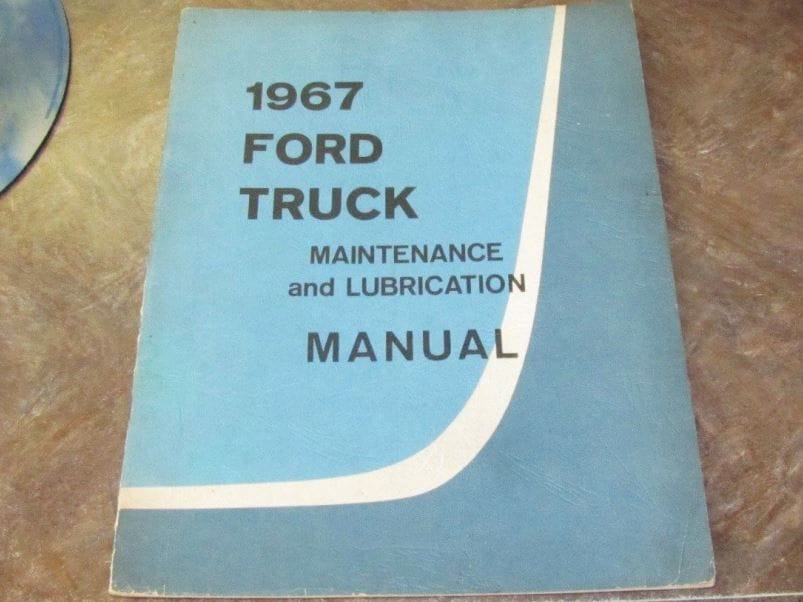Recent Articles
Popular Makes
Body Types
What is a Timing Belt and How do I Know it's Going Bad
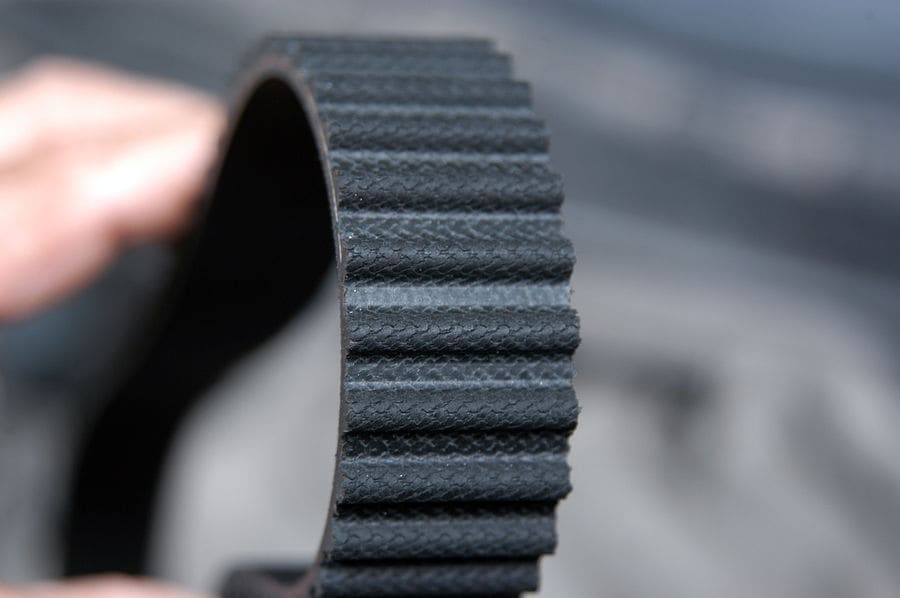
timing belt
A pivotal item in modern internal combustion engines, timing belts coordinate the movements of the crankshaft (the shaft driving the cylinders) and the camshaft (the shaft controlling the valves). While timing has and continues to be accomplished with timing chains or even intermeshed gears (used on some truck engines), rubberized timing belts are increasingly selected by auto manufacturers for being less costly and noisy than the other engine timing options. This belt should not be mistaken with the accessory or serpentine belt.
Timing Belt Lifespan
General lifespan of timing belts vary greatly between engines. Some vehicles will require belt changes every 60,000 miles while other cars can sustain up to 120,000 miles of usage. However, factors such as pulley/belt misalignment, engine leaks, or even climate factors can cause a timing belt to fail prematurely.
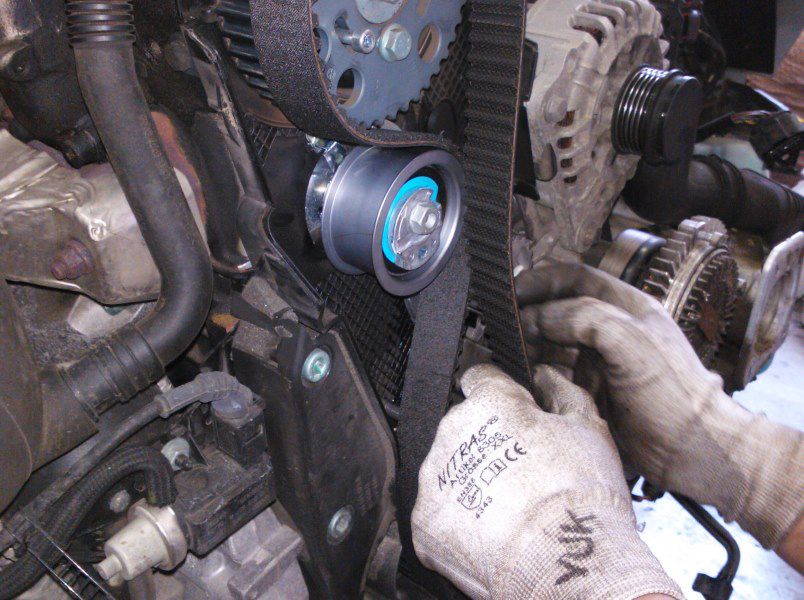
Photo by Wikimedia Commons
Replacement Belt
With a replacement timing belt costing between $12-100, conducting the work in a do-it-yourself capacity is at least a moderate skilled proposition. In the hands of a trusted professional mechanic, this timing belt service would add at least 2 hours of shop labor costs. Neglected care of the engine's timing belt may result in catastrophic engine problems and costly refurbishing or even replacement of the engine.
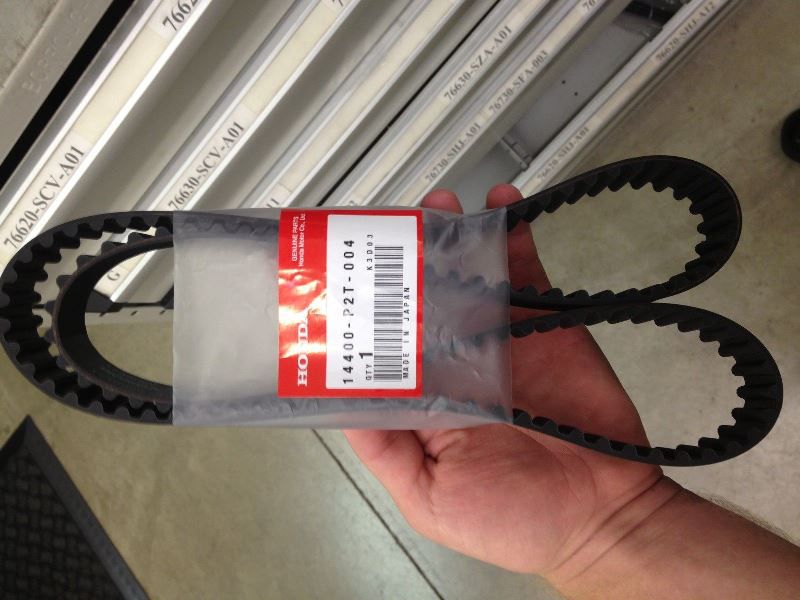
Signs of a Timing Belt Failing
A failing timing belt will rarely give any indication of its decaying condition through regular driving. Inspection of the timing belt is the only truly effective method to avert severe engine damage
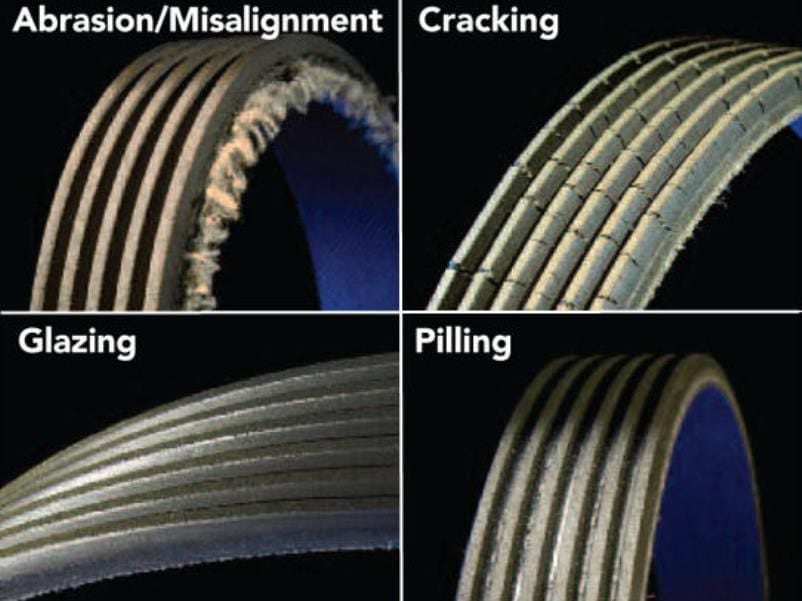
Cracks
Physically checking the timing belt for wear can be a very difficult procedure on some vehicles and usually involves disassembling a portion of the engine to access the belt. However, through visual inspection, the most accurate assessment of a timing belt's condition can be made. Inspect the belt for deep cracks, worn teeth, or if chips appear on the belt's surface. However, if only minor cracks are found on the top surface of the timing belt, this is not necessarily a failure in progress.
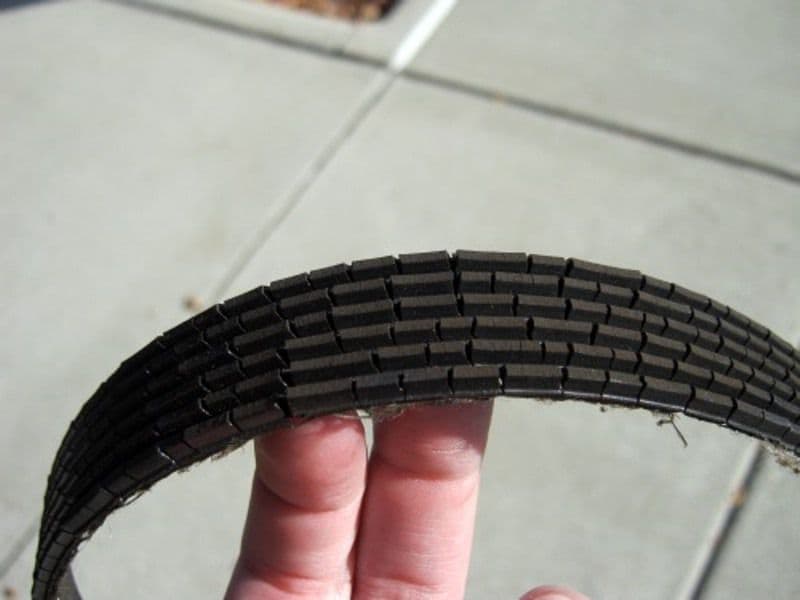
Engine Fluids
Motor oil, coolant, and other engine fluids can have a corrosive effect on the timing belt's rubber/nylon construction. Though modern timing belts are made to better resist chemical deterioration, older timing belts may require replacement (after the fluid leak is addressed).
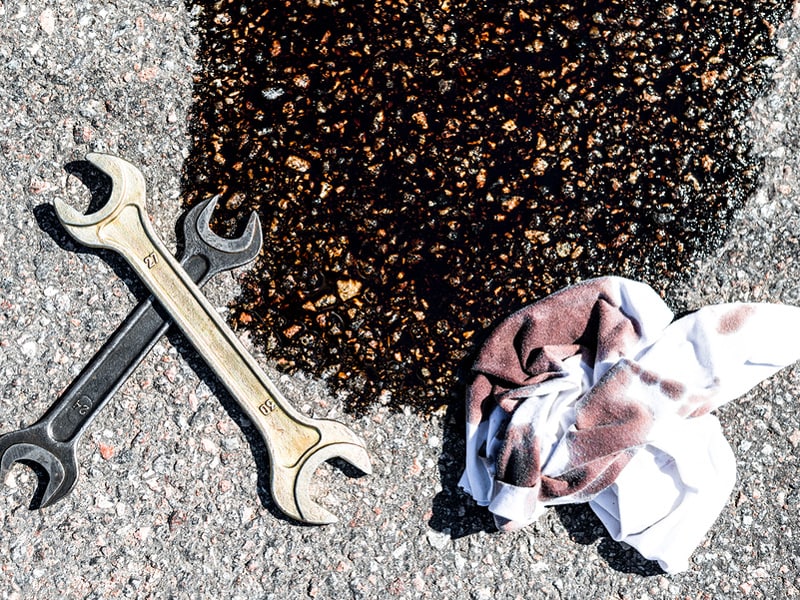
Check your Service Schedule
Other than observing visual wear, keeping track of the mileage traveled on a vehicle is the best way to determine when the belt is worn. Remember, while most belt last a minimum 60,000 miles, check your vehicle's specific maintenance schedule for more information.
